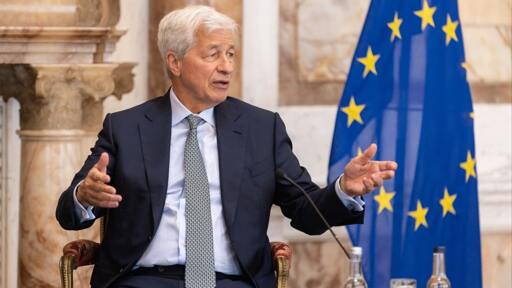

Fine, I can say this in a way that does not violate energy conservation but still uses the energy-time uncertainty principle:
Say you have a system with two levels, hot and cold like the gold sheet in this experiment. Then I can take a linear combination of these two (stationary) states, between which which the period of oscillation would be deltat=h/deltaE, which would be the time for the system to “heat” and “cool” within 45 femtoseconds. (lifted from Griffiths, page 143)
That would give a deltaE>1.5E-20J compared with kT (T=19000K) = 27E-20J 🤔 (T=1300K) = 1.8E-20J so the fusion T is close to the oscillation limit, the extra energy for 19000K is not going to do anything unless the cooling slows down.
Soo…I don’t understand the point of the experiment. It just looks like they’re exciting atoms metal and then letting them quickly deexcite radiatively…and then wonder why they won’t absorb huge amounts of energy and melt (if the energy remained within the system, it would). I probably would have to get the actual paper, but I don’t wanna 😛





















That’s the problem, reading the quotes from my top reply even they seem to admit that what they are calling temperature is not what is usually called temperature in thermal equilibrium.